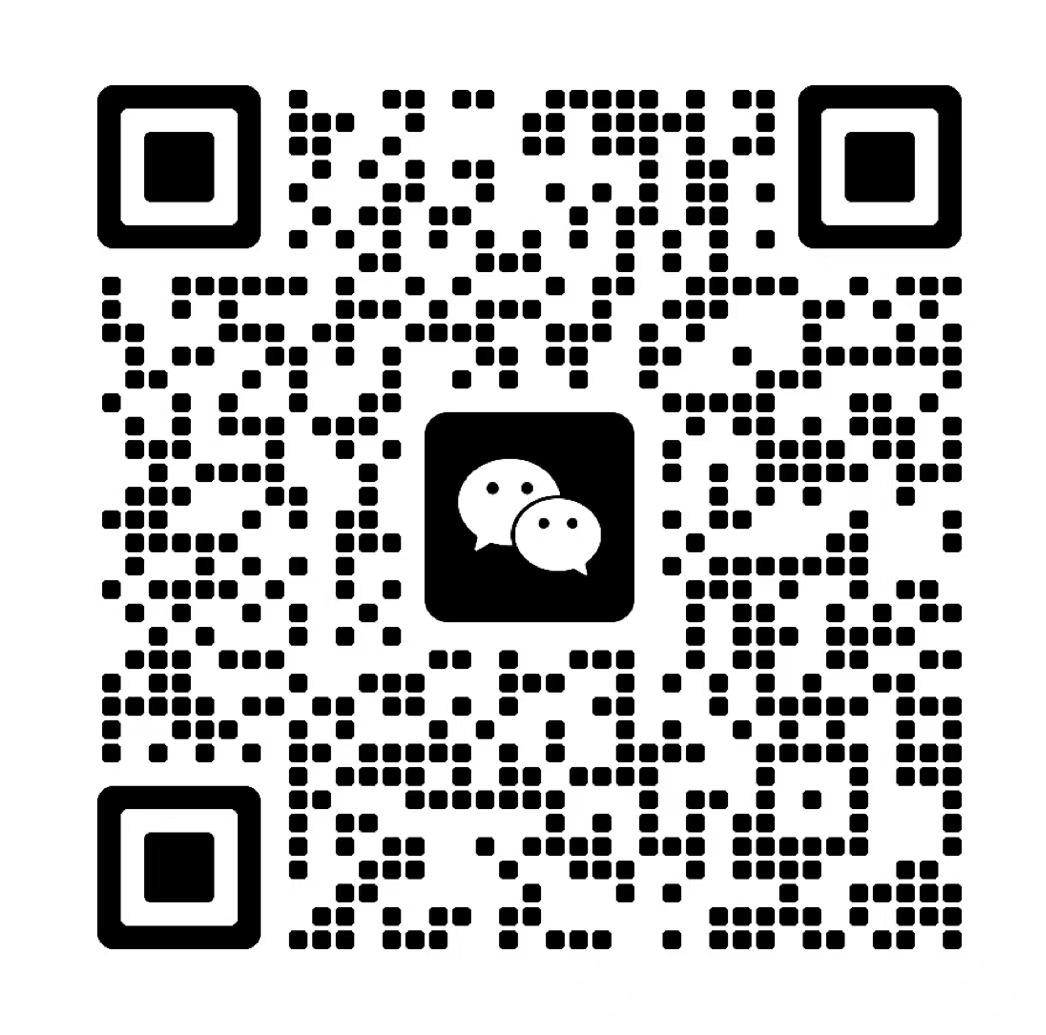- English
- French
- German
- Portuguese
- Spanish
- Russian
- Japanese
- Korean
- Arabic
- Greek
- German
- Turkish
- Italian
- Danish
- Romanian
- Indonesian
- Czech
- Afrikaans
- Swedish
- Polish
- Basque
- Catalan
- Esperanto
- Hindi
- Lao
- Albanian
- Amharic
- Armenian
- Azerbaijani
- Belarusian
- Bengali
- Bosnian
- Bulgarian
- Cebuano
- Chichewa
- Corsican
- Croatian
- Dutch
- Estonian
- Filipino
- Finnish
- Frisian
- Galician
- Georgian
- Gujarati
- Haitian
- Hausa
- Hawaiian
- Hebrew
- Hmong
- Hungarian
- Icelandic
- Igbo
- Javanese
- Kannada
- Kazakh
- Khmer
- Kurdish
- Kyrgyz
- Latin
- Latvian
- Lithuanian
- Luxembou..
- Macedonian
- Malagasy
- Malay
- Malayalam
- Maltese
- Maori
- Marathi
- Mongolian
- Burmese
- Nepali
- Norwegian
- Pashto
- Persian
- Punjabi
- Serbian
- Sesotho
- Sinhala
- Slovak
- Slovenian
- Somali
- Samoan
- Scots Gaelic
- Shona
- Sindhi
- Sundanese
- Swahili
- Tajik
- Tamil
- Telugu
- Thai
- Ukrainian
- Urdu
- Uzbek
- Vietnamese
- Welsh
- Xhosa
- Yiddish
- Yoruba
- Zulu
What is the difference between ST700 and ST800?
2024-05-09 15:00:19
The ST700 and ST800 pressure transmitters are two prominent products from Honeywell, designed to meet the varying needs of modern industrial pressure measurement applications. These devices are engineered for reliability and accuracy, offering solutions for a broad range of industries such as oil and gas, power generation, and water treatment. This blog explores the key differences between the ST700 and ST800 models, helping technicians and engineers make informed decisions based on their specific process requirements.
What Are the Technical Specifications of the ST700 and ST800?
Understanding the technical specifications of the ST700 and ST800 pressure transmitters is crucial for identifying which model is better suited for a particular application.
Measurement Range and Accuracy
The ST700 series transmitters offer a variety of measurement ranges, typically suitable for lower to moderate pressure applications. In contrast, the ST800 series is designed for higher accuracy and wider measurement ranges, making it ideal for more demanding applications that require precise measurement under varying conditions.
Output Signals and Communication Protocols
Both series support standard 4-20 mA output signals and HART communication. However, the ST800 series may offer additional communication options such as FOUNDATION Fieldbus or WirelessHART, catering to the needs of more complex automation systems.
Build Quality and Environmental Adaptability
The ST800 series generally features enhanced build quality with better protection against harsh environmental conditions. This includes higher ingress protection ratings and improved resistance to vibration and shock, making it suitable for harsher industrial environments.
How Do the Features of ST700 and ST800 Enhance User Experience?
Features play a significant role in the user experience by offering ease of installation, maintenance, and integration into existing systems.
Ease of Installation and Calibration
Both the ST700 and ST800 series are designed with ease of installation in mind. However, the ST800 may include more advanced diagnostics and a more intuitive user interface, which can simplify the initial setup and ongoing maintenance. Calibration processes might also differ, with the ST800 potentially offering more automated calibration features.
Diagnostics and Maintenance
Advanced diagnostics are a hallmark of the ST800 series, equipped to predict failures and schedule maintenance more effectively than the ST700. This proactive approach to maintenance can help reduce downtime and extend the lifespan of the device.
Integration with Control Systems
The integration capabilities of both models generally allow for seamless communication with most control systems, but the ST800 series may support a wider range of digital protocols, enhancing its compatibility with newer and more advanced control systems.
Which Industries Most Benefit from the ST700 vs. ST800?
Different industries have different needs based on the nature of their processes and the precision required in pressure measurement.
Oil and Gas Industry
The oil and gas industry, which often operates under extreme conditions, might prefer the ST800 due to its higher durability and advanced features that can handle fluctuating pressures and temperatures more effectively.
Water Treatment and Pharmaceuticals
For industries like water treatment and pharmaceuticals, where the range of pressure variations is generally less extreme, the ST700 might be sufficient, providing the necessary accuracy without the additional cost of higher-spec models.
Power Generation
In power generation, the choice between ST700 and ST800 might depend on the specific application within the plant. For critical applications requiring high accuracy and robustness, the ST800 would be more appropriate, while less critical applications might opt for the ST700.
Conclusion
Choosing between the Honeywell ST700 and ST800 pressure transmitters depends on a variety of factors, including technical specifications, user experience features, and industry-specific requirements. By understanding these aspects, professionals can select the most appropriate model to enhance operational efficiency, ensure safety, and maintain compliance with industry standards.
References
Honeywell Product Manual (2023). "Technical Specifications for ST700 and ST800 Series."
Industrial Measurement Review (2022). "Comparing Pressure Transmitters for Harsh Environments."
Process Automation Insights (2023). "Benefits of Advanced Diagnostics in Pressure Transmitters."
Engineering Standards Journal (2021). "Installation and Maintenance Best Practices for Industrial Transmitters."
Control Systems Forum (2022). "Integrating Modern Transmitters with Legacy Systems."
Pharmaceutical Production Technology (2023). "Pressure Measurement Solutions for Sterile Environments."
Water Treatment Technology Conference (2022). "Choosing the Right Transmitter for Water Applications."
Oil and Gas Operations Handbook (2021). "Pressure Transmitters in Offshore Conditions."
Power Generation Equipment Manufacturers (2022). "Optimizing Plant Efficiency with Smart Transmitters."
Automation and Calibration Workshop (2023). "Future Trends in Pressure Measurement Technology."
YOU MAY LIKE
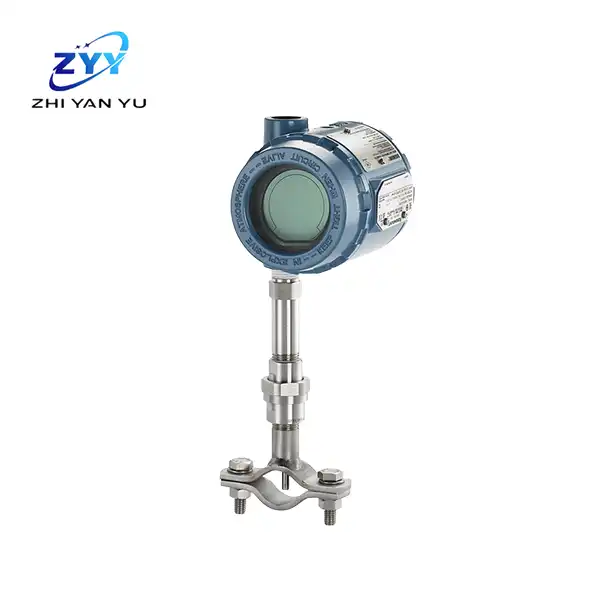
Rosemount™ 3144P temperature transmitter
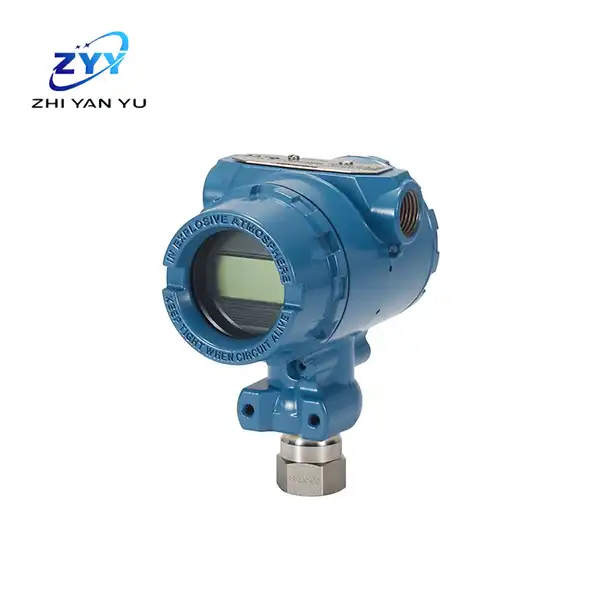
Rosemount 2088G Inline Pressure Transmitter
Yokogawa EJX510A
Output 4~20mA DC current signal.
Fast response, remote setup and monitoring.
Diagnostic functions: high/low pressure alarm output.
Multi-sensing technology detects anomalies. FF fieldbus type is available.
TÜV certified and meets SIL 2 safety requirements.
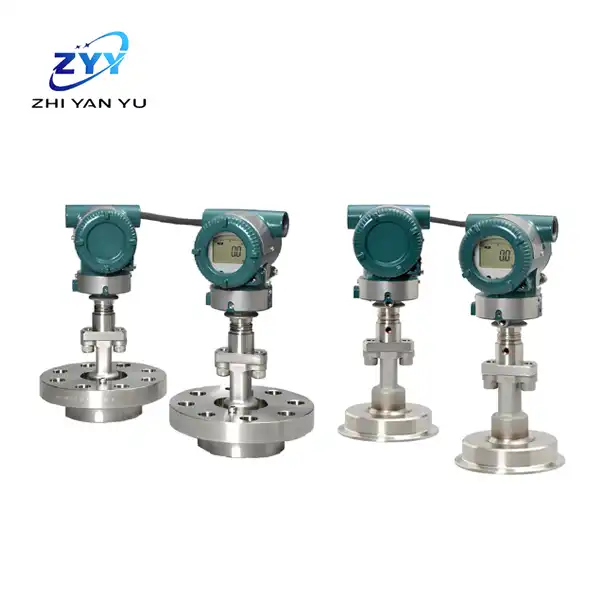
EJX530A Yokogawa
Output 4~20mA DC current signal.
Fast response, remote setup and monitoring.
Diagnostic functions: high/low pressure alarm output.
Multi-sensing technology detects anomalies. FF fieldbus type is available.
TÜV certified and meets SIL 2 safety requirements.
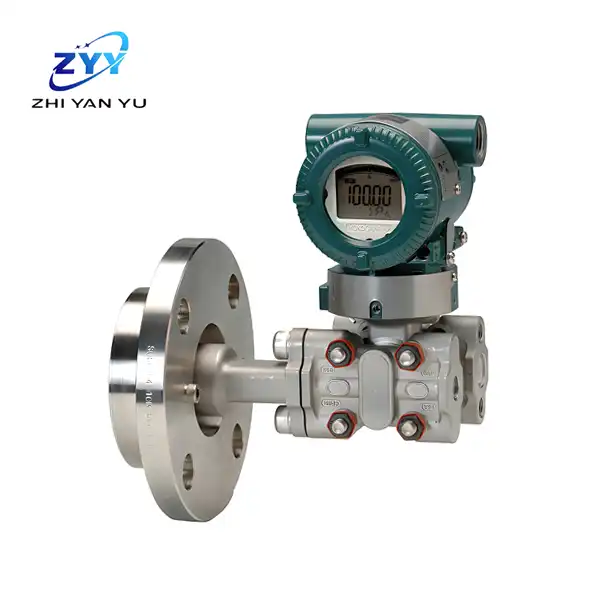
Yokogawa EJX210A flange-mounted differential pressure transmitter

Rosemount 8732E field mounted electromagnetic flowmeter transmitter
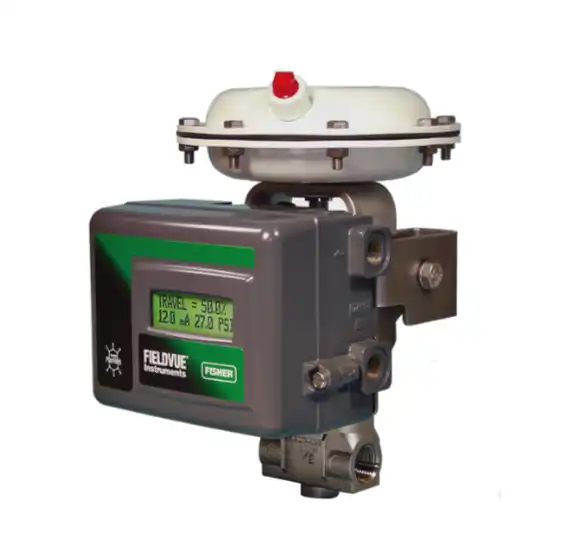
Fisher Fieldvue Dvc2000

